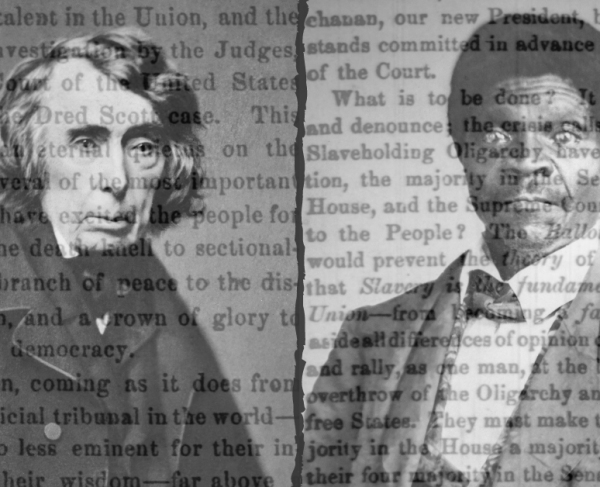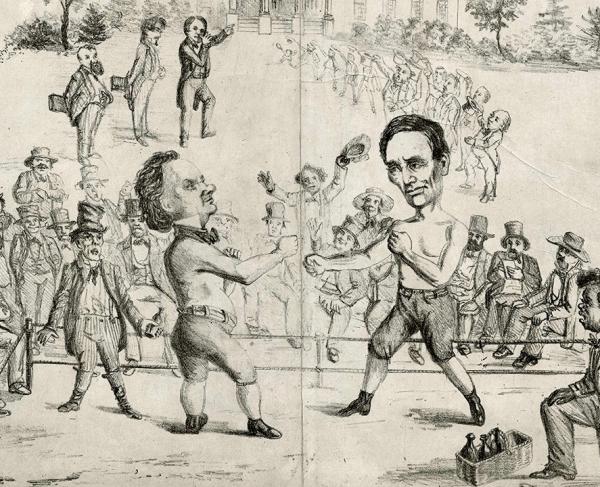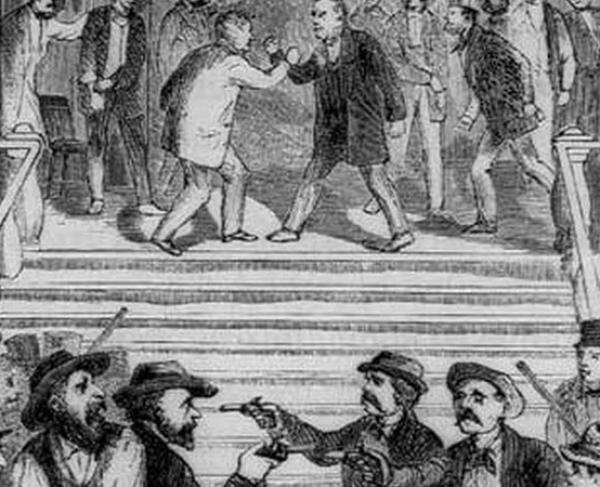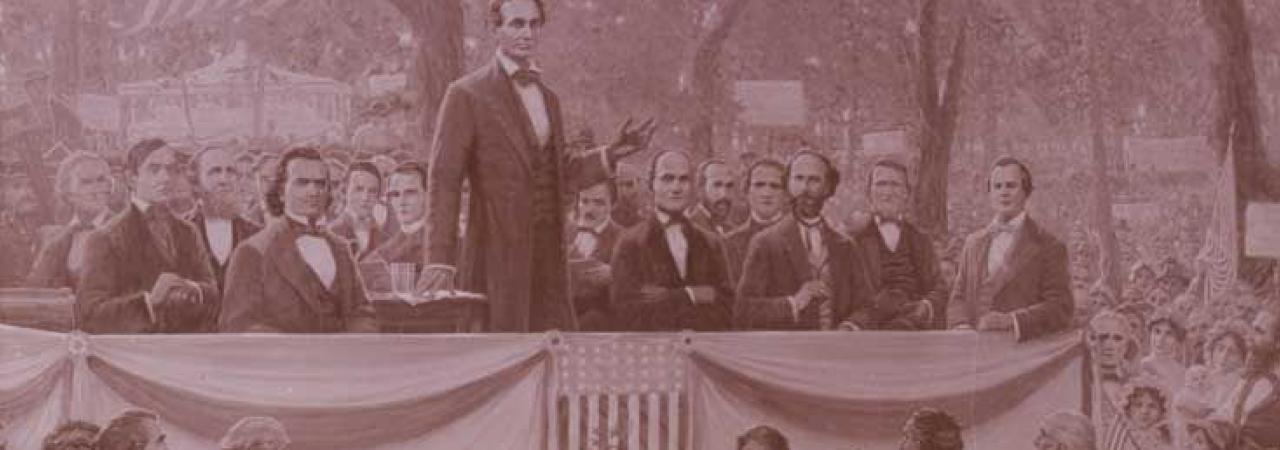
The Peculiar Institution
Slavery arrived in North America alongside the Spanish and English colonists of the 17th and 18th centuries, with an estimated 645,000 Africans imported during the more than 250 years the institution was legal. But slavery never existed without controversy. The British colony of Georgia actually banned slavery from 1735 to 1750, although it remained legal in the other 12 colonies. After the American Revolution, northern states one by one passed emancipation laws, and the sectional divide began to open. The number of slaves compared to the number of free blacks varied greatly from state to state in the southern states. In 1860, for example, both Virginia and Mississippi had in excess of 400,000 slaves, but the Virginia population also included more than 58,000 free blacks, as opposed to only 773 in Mississippi.
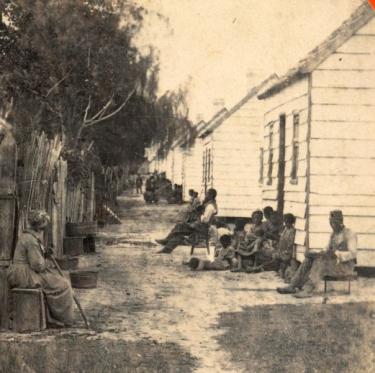
Bleeding Kansas
The Kansas-Nebraska Act of 1854 established Kansas and Nebraska as territories, and set the stage for “Bleeding Kansas” when it decreed that residents would decide whether or not slavery would be allowed within their borders through public referendum. Settlers from North and South poured into Kansas, hoping to swell the numbers on their side of the debate. Passions were enflamed and violence raged. In the fall of 1855, abolitionist John Brown came to Kansas to fight the forces of slavery He and his supporters killed five pro-slavery settlers in the so-called Pottawatomie Massacre in Kansas in May, 1856. That August, Brown led a group of men into battle with about 400 pro-slavery men in the Battle of Osawatomie. The violence subsided in late 1856, after Brown departed, and the warring parties forged a fragile peace, but not before more than 50 settlers had been killed.
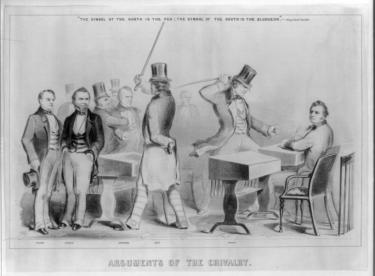
Insurrection at Harpers Ferry
Abolitionist John Brown supported violent action against the South to end slavery and played a major role in starting the Civil War. After the Pottawatomie Massacre, Brown returned to the North and plotted a far more threatening act. In October 1859, he and 19 supporters, armed with “Beecher’s Bibles,” led a raid on the federal armory and arsenal at Harpers Ferry, Virginia, in an effort to capture and confiscate the arms located there, distribute them among local slaves and begin armed insurrection. A small force of U.S. Marines, led by Col. Robert E. Lee, put down the uprising. There were casualties on both sides; seven people were killed, and at least ten more were injured before Brown and seven of his remaining men were captured. On October 27, Brown was tried for treason against the state of Virginia, convicted, and hanged in Charles Town on December 2. In the five weeks before his execution, Brown entertained the press in his jail cell, turned the episode into a media circus, gained maximum publicity for his cause, and further heightened regional tensions.
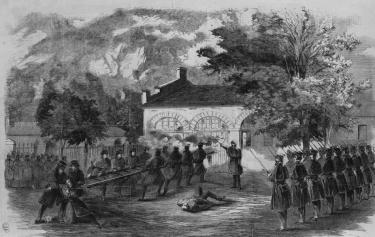
The Lincoln - Douglas Debates
In 1858, a one-term former congressman and Springfield, Illinois attorney named Abraham Lincoln ran as a Republican against the incumbent Democrat Stephen A. Douglas, for a seat in the United States Senate. From August to October of that year, they held a series of seven face-to-face debates, with much of the discussion focused on the issue of slavery. Attention grew as the debates continued, and before they were over, the forums were being covered by newspapers across the nation. Lincoln lost the election, but the publicity elevated him to the national stage.
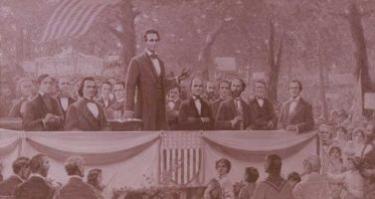
Learn More - The Gathering Storm: Antebellum America | The Gathering Storm: The Secession Crisis
